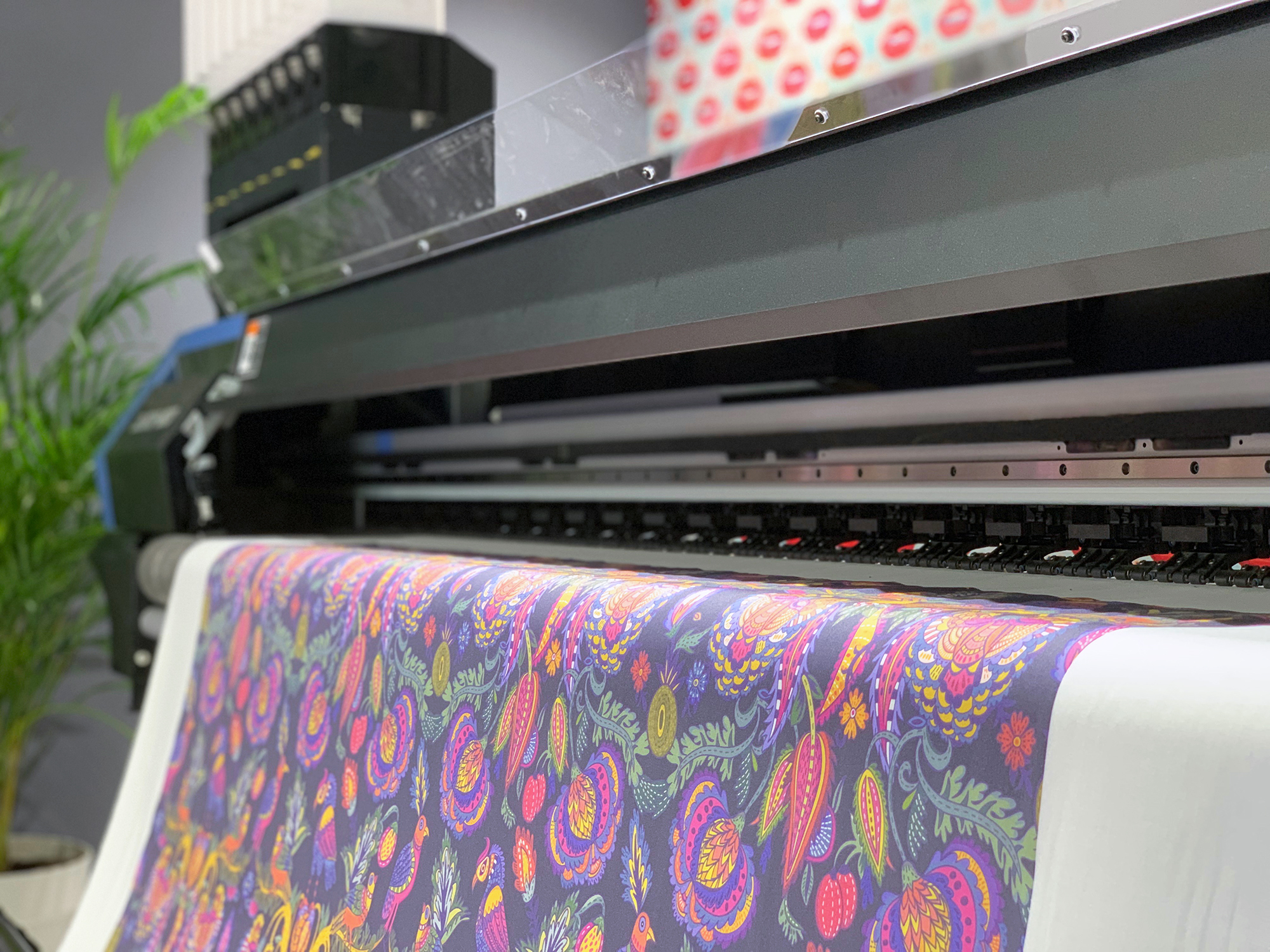Sublimation transfers are a type of printing that allows for the transfer of a greater amount of color to paper than what is possible with traditional printing methods. This allows for a wider range of creative expression and can be used to improve the quality of graphics, photos, and other professional-level documents.
Sublimation transfers, also known as transference, are a process by which material from one form to another. This can be done through physical or mental means. In the physical world, sublimation transfers happen when an object is heated, melted, or vaporized until it becomes a new and different form.
What is Sublimation Transfers?
Sublimation transfers are an interesting way to print text. They allow the printing of text that is sublimated, which means the ink is mixed with the paper so that it hardens and can be cut with scissors. This process allows for a more durable print with less waste. It can also add an extra level of the finished product to a project.
Prints that are sublimated can be very beautiful and artistic. When the ink is put into the paper, it starts to harden before the color is applied. This allows for a more durable print when cutting and pasting the image. When the paper is cut, the image remains intact and can be used again.
This process also creates a mat that makes cutting easier. Prints that are sublimated can be very beautiful and artistic. When the ink is put into the paper, it starts to harden before the color is applied. This allows for a more durable print when cutting and pasting the image. When the paper is cut, the image remains intact and can be used again.
Sublimation transfers are a process that can be performed to create artwork from digital files. It is an automated process where the user selects an image or file and then it sublimates that file onto another image or file. This can create a variety of different artworks, depending on what type of software is used.
There are many different types of sublimation transfers, but the most common ones are color sublimation and black and white sublimation.
Color Sublimation Transfers
Sublimation transfers are processes of transferring colors from one media to another by heating the ink and then using a heat transfer agent. The two most common transfer agents are air and water. When using air sublimation transfer, the ink is heated until a blue color appears on the paper.
When using water sublimation transfer, the ink is heated until it turns into a clear liquid. This process allows for a greater range of color because there is more flexibility in how colors are transferred.
Black and White Sublimation Transfers
This type of sublimation transfer is a type of photocopying where the copying is done in black and white. This can be used to save time or to make copies that are easier to read. In some cases, sublimation transfers can also be used as an art form.
For example, the artist would use a black and white photo or illustration and then print it out on paper. This can be used as a decoration for their artwork or to show off how well they have painted. Sublimation is also used in other areas of the printing process.
The Benefits of Sublimation Transfers
Sublimation transfers are a type of printing technology that allows images to be created without any image degradation. This means that sublimated images can last longer and look more professional than traditional prints. There are several reasons why sublimation transfers may be beneficial for businesses and individuals alike.
There are a few reasons why sublimation can be beneficial for artwork. First and foremost, sublimation allows for a new level of detail and complexity in an image or text that would not be achievable with other means.
Secondly, sublimation also allows for a much greater variety in color and design options than would be possible through other methods.
Finally, it can give an artist the ability to create unique works that may not be available through other forms of expression. By transferring sublimated emissions from an energy source into the air, society can save money on power bills and reduce greenhouse gas emissions.
Sublimated images can be used in a variety of applications, such as posters, t-shirts, and even advertisements. Additionally, sublimation transfers provide a higher quality product than traditional prints because they lack the visible residue that can affect the appearance of an image.
Sublimation transfers are environmentally friendly because they do not produce any emissions when printed or scanned.
Sublimation is the process of transferring something that is visually appealing or tactile to another form. It is often used in art, where sublimated images or text can be seen on items such as T-shirts, posters, and JPEGs.
While there are many types of sublimation, some common variants include screen printing and laser engraving. Sublimation Transfer is an amazing way to create art without any expensive materials or time commitment.
Artists can purchase sublimation prints for a variety of reasons. Sublimation is often used by artists who are looking to sell their artwork in limited quantities, such as at trade shows, or with their own personal collections.
Conclusion
Sublimation transfers are a type of printing that allows for the transfer of a greater amount of color to paper than what is possible with traditional printing methods.
The process of printing with sublimation involves printing onto a special plastic film or backing material which is then placed over the image and then printed using specific color ink.
This allows for a wider range of creative expression and can be used to improve the quality of graphics, photos, and other professional-level documents.
